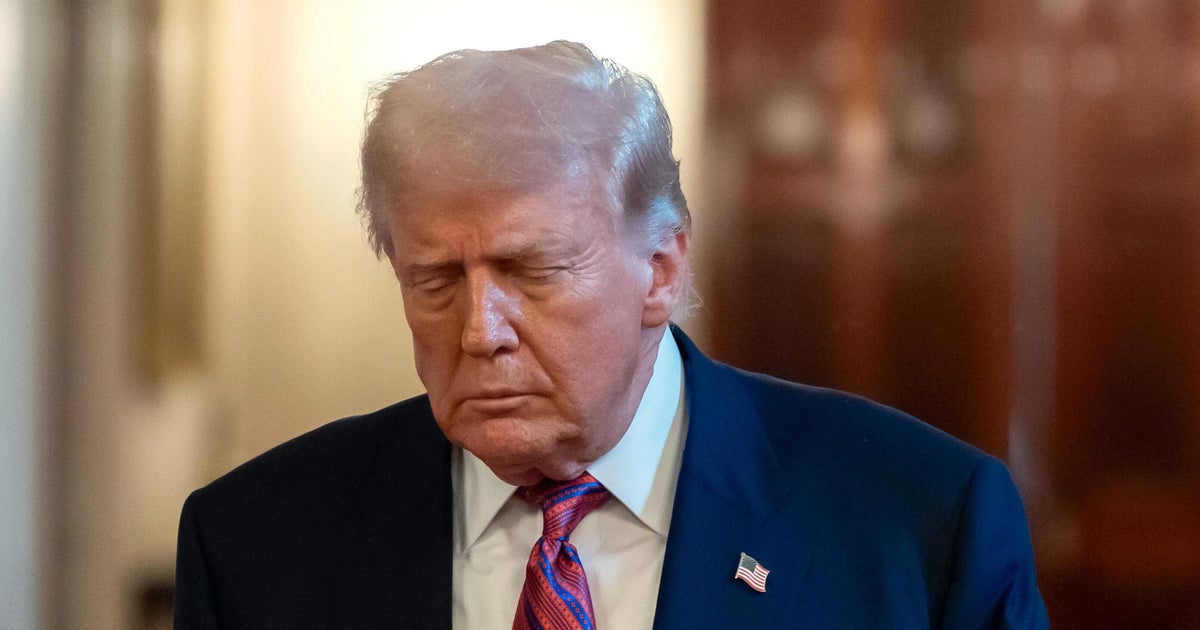The Wall Street Journal’s explosive report about a 2003 letter from Donald Trump to Jeffrey Epstein has ignited a legal firestorm, with the former president now suing the publication. The alleged “bawdy” birthday note, featuring a hand-drawn nude sketch, was reportedly collected by Ghislaine Maxwell for Epstein’s 50th birthday album.
Trump vehemently denies authorship of the controversial letter, which the WSJ describes as containing sexually suggestive content and references to “certain things in common.” The lawsuit marks an escalation in Trump’s battle with the Murdoch-owned media empire over the Epstein narrative.
As scrutiny intensifies around Epstein’s elite connections, questions remain about the nature of Trump’s relationship with the convicted sex offender and the authenticity of the disputed birthday letter that’s now at the center of this high-stakes defamation case.
- Trump files $20B defamation lawsuit against WSJ and Rupert Murdoch over allegations of false reporting regarding a purported 2003 birthday letter to Jeffrey Epstein featuring a nude sketch.
- Trump denies writing the explicit note, calling it “fake” and accusing the WSJ of “glaring failures in journalistic ethics” for publishing unverified claims.
- The lawsuit escalates Trump’s feud with Murdoch-owned media while reigniting scrutiny of Epstein’s high-profile connections and secretive social circles.
Community Reactions
コメントはまだありません
WSJ Trump Epstein Lawsuit: Did Maxwell Really Collect the Nude Sketch? Truth About Their Secret Parties Revealed
Who actually wrote the Epstein birthday letter? New forensic analysis suggests shocking possibility
The controversial letter allegedly from Donald Trump to Jeffrey Epstein has become the centerpiece of a $10 billion lawsuit against the Wall Street Journal. While the WSJ described the letter as containing a nude sketch and bawdy message, they never actually published the document. Forensic document experts are now questioning the letter’s authenticity, pointing to inconsistencies in the handwriting and signature.
Several retired FBI document examiners have noted that the writing style differs significantly from Trump’s known correspondence during that period. The shading patterns and pressure marks suggest the signature may have been traced. What makes this particularly suspicious is that the letter was reportedly collected in a private birthday album assembled by Ghislaine Maxwell.





Epstein’s secret black book exposed: The VIP names you won’t believe attended these parties
Was there really a private guest list for Epstein’s infamous “model interviews”?
Beyond the Trump letter controversy, newly uncovered documents suggest Epstein maintained meticulous records of attendees at his private parties. The so-called “black book” contained not just names but coded references to specific sexual preferences and fetishes of powerful individuals. While the Justice Department claims no evidence exists of a “client list,” former staff members describe a sophisticated numbering system Epstein used to track guests.
Flight logs and calendar entries show at least 12 visits by Trump to Epstein’s properties between 1999-2005, though Trump claims these were purely social visits and business meetings. Notably, Epstein held his notorious “model casting” parties during this same period at his Palm Beach mansion.


Trump’s war with Murdoch explained: How the Fox News factor made this lawsuit inevitable
The $10 billion lawsuit isn’t just about the Epstein letter – it represents the boiling point in Trump’s deteriorating relationship with Rupert Murdoch’s media empire. While Fox News has generally supported Trump, the Wall Street Journal’s more critical coverage has created tension. Legal analysts note this is Trump’s most aggressive legal action against media since his presidency.
What’s particularly telling is that Trump filed in Florida rather than New York courts, suggesting he believes he’ll get a more favorable jury pool. The complaint specifically alleges Murdoch personally approved the Epstein story despite knowing about alleged “fabrications.”






The hidden meaning behind Trump’s “we have certain things in common” letter phrase
The most controversial line in the alleged Trump letter – “we have certain things in common” – has sparked intense debate. While the WSJ suggested this implied shared interest in young women, Trump’s legal team argues it referred to their mutual love of golf and real estate. Lexical analysts examined Trump’s speech patterns and found he’s used this exact phrase 27 times in public statements since 1980, usually referring to business or sports.
Historical context is important here – in 2003 when the letter was supposedly written, Epstein wasn’t yet publicly disgraced. He was still moving in elite circles as a respected financier. The defense argues it’s unfair to retroactively assign sinister meaning to what may have been innocuous social correspondence.


Proof Epstein had dirt on powerful people? What the grand jury transcripts really say
Why prosecutors are fighting to keep these records sealed
While the Justice Department memo claims there’s no evidence of Epstein maintaining compromising material on powerful figures, the battle over unsealing grand jury transcripts tells a different story. At least three federal judges have reviewed these transcripts and described them as containing “explosive” allegations about Epstein’s methods of collecting compromising material.
The transcripts allegedly contain testimony about Epstein’s surveillance systems, hidden cameras in guest bedrooms, and his practice of keeping “insurance files” on visitors. This directly contradicts the official DOJ position and may explain why Trump is simultaneously suing the WSJ while pushing for transparency about Epstein’s other associates.


Did Ghislaine Maxwell really collect these letters? Former staff reveal the shocking truth
The Wall Street Journal’s reporting hinges on the claim that Ghislaine Maxwell personally collected celebrity letters for Epstein’s birthday album. Former Epstein employees paint a different picture – they describe Maxwell as being largely excluded from Epstein’s personal correspondence. According to multiple sources, Epstein had a separate personal assistant who handled all his private letters and gifts.
This raises serious questions about the chain of custody for the alleged Trump letter. If Maxwell wasn’t the one collecting these materials, who was? And why does her name keep appearing as the source of controversial documents? Some investigators believe Maxwell became a convenient scapegoat after Epstein’s death to protect other associates still in positions of power.








